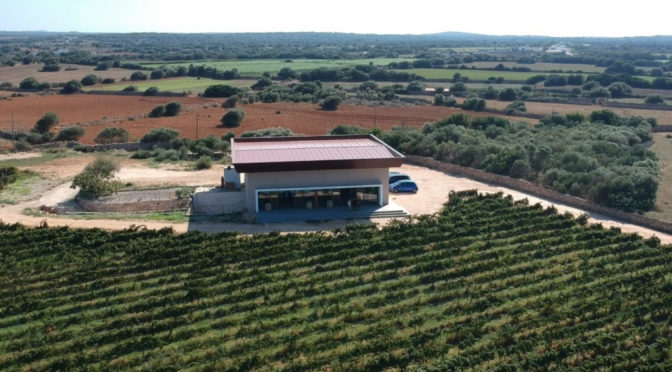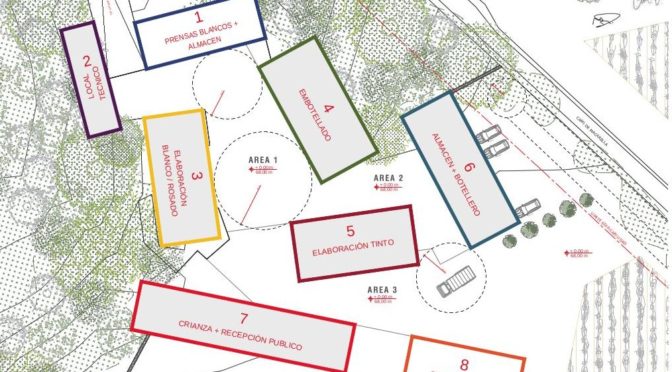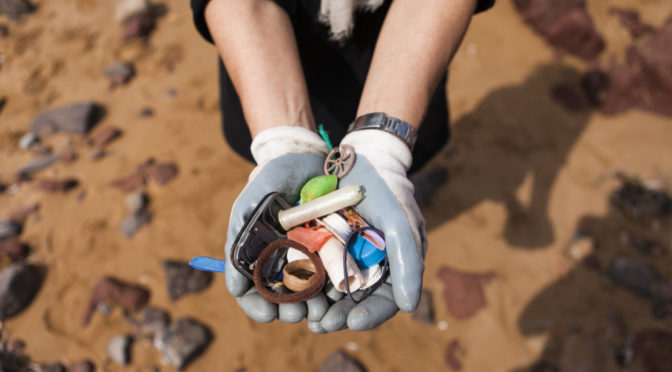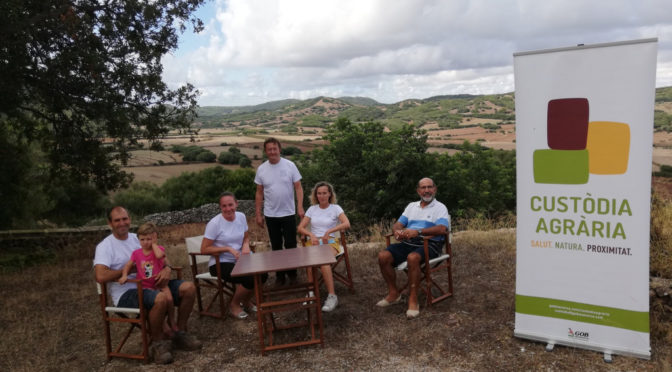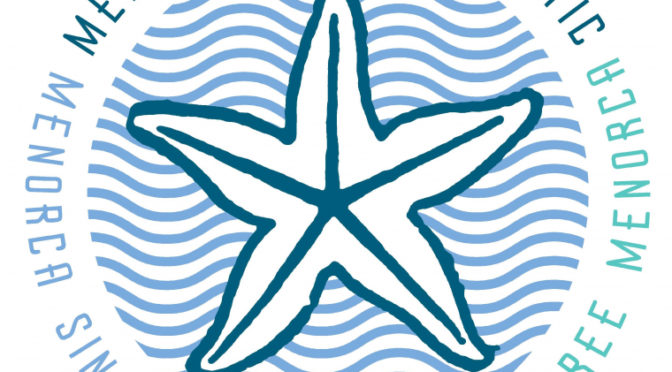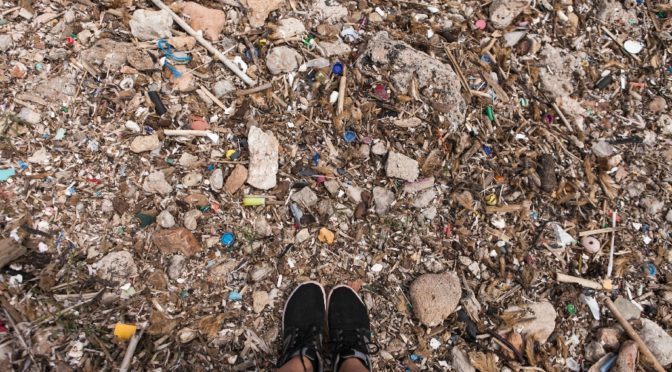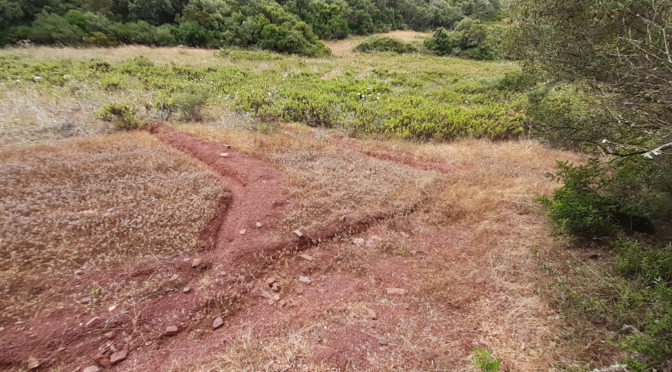Views: 393
One of the objectives of the Land Stewardship Scheme is to contribute to preserving the fertility of the land. This is basic not only for the life of the soil, but also for the productivity and economic viability of agricultural exploitation. Despite this central importance, land health is frequently forgotten.
The techniques for regenerating agriculture are based on putting the health of the soil at the centre of farm management. The Land Stewardship Scheme has promoted a series of pilot tests in three member farms to study the suitability of some of these techniques for the Mediterranean climate and in the context of Menorcan countryside. This article explains what they are. Continue reading Regenerate farming methods to make the land fertile again →


